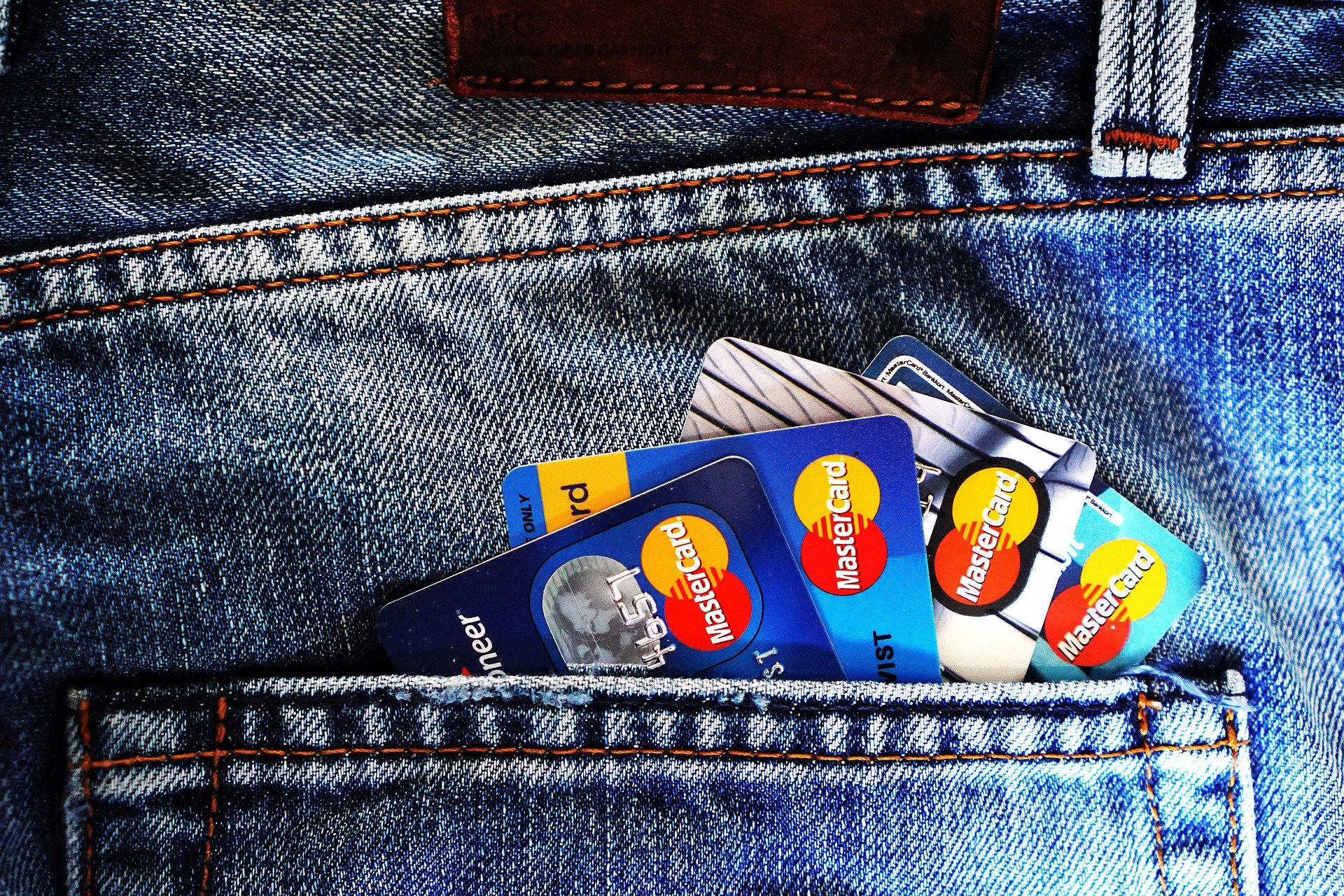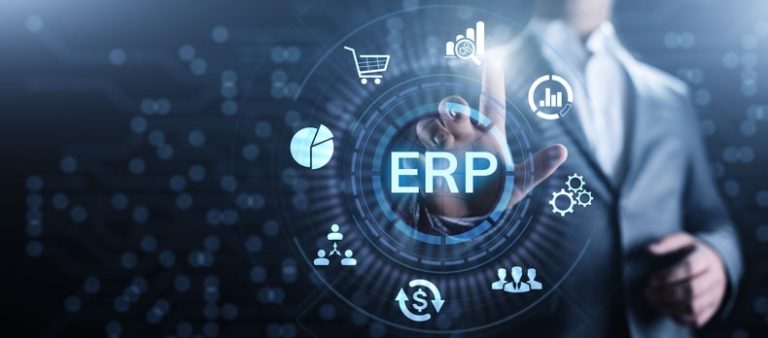The Past and Future of Payment Cards
Over the last decade, the use of payment cards has increased dramatically. According to Statista, a data company, approximately 29 billion debit, prepaid, and debit cards are used today.
Despite ongoing digital financial innovation, there is still a high demand for these cards. Statista projects that the market for these cards will continue to expand until about 2026.
What is the origin of payment cards?
These cards were used for thousands of years and came in various forms.
For instance, credit was issued via clay tablets in ancient Mesopotamia. The clay tablet served as a binding contract between the creditor and the debtor.
Most American department stores and taxi companies began issuing charge coins in the 1860s. The charge coins were metal tokens with distinctive engraving that served as payment. The customer’s name and the account number were among these specifics.
The customer would present the charge coin, and the driver or the store clerk would confirm the details against the record. If the information was current, you were permitted to carry goods for later payment.
It was the creditor’s job to decide whether the consumer qualified for the credit. The creditor would document your debt and then collect it after it expires.
The invention of the ATM (Automatic Teller Machine) occurred in 1960. By far, this creation influenced the development of payment cards.
Payment cards allowed for both online and offline cash withdrawals, as well as credit purchases from merchants. These devices allow you to withdraw money from your bank account anytime.
Payment cards were still a very easy means to make purchases even before the popularity of digital payment cards in the 2000s. Particularly, prepaid, debit, and credit cards helped make traveling simpler for regular people.
These cards also eliminated the need to travel with cash and checkbooks. You only need to produce your payment card to make any payments for goods, services, or anything else.
Prepaid, Debit, and Credit Card
Although there is a wide variety of cards in the market today, only three are popular. These three cards are prepaid, debit, and credit cards.
- Prepaid Cards
These cards resemble debit cards in many ways. The key distinction between the two is that you can’t fund your prepaid card from a checking or savings account, whereas you can with a debit card.
Prepaid cards are connected to an account that the issuer set up instead. The issuer funds the account with the desired amount. To use the card, you must continue feeding the account.
Prepaid cards guard against payment card hacking into your primary checking or savings account. However, if they manage to hack it, they can only access the little amount in the account.
These cards also help limit the dependant’s expenditure.
- Debit cards
As previously mentioned, you can fund debit cards from a checking or savings account. Meanwhile, for cryptocurrency debit cards, you can fund them from your crypto wallet. The Club Swan crypto card is a prime illustration of these cards.
You can use your debit cards for both in-person and online transactions. On top of that, you can easily make ATM withdrawals with these cards.
Pros of Debit cards
- Has no interest
- It helps you live according to your means
Cons of debit cards
- It helps you invest your money
- The security of the payment card is a you-problem
- You can use it if you have inadequate cash
Credit cards
Credit cards are part of a credit facility. The card issuer allows you to spend their money and later pay per terms and conditions.
Usually, most payments require you to pay at the end of the month. According to the credit issuer, you can pay the credit in installments or the entire credit at once.
A charge card is when the issuer requires you to pay the entire amount at the end of the month.
Most credit cards don’t charge you fees if you pay the entire amount within the month of spending the money. However, you will pay the interest if you only pay the minimum installment amount.
Some other fees might apply if you fail to pay the amount owed within the agreed deadline.
Pros of Credit cards
- They act as a source of capital
- You can earn rewards like miles and cashback
- They can release your savings as an investment
- They have protection in case of loss or theft
Readability of Payment cards
Since their creation, payment cards’ readability has changed. For instance, the initial payment cards could only be read by people. The clerk would compare the information on the card with that on the records for thorough validation.
From writing to embossing the information on the payment card, the entire procedure was done manually.
With time, though, this process evolved, and machines began to play a part. Machines could create the cards and even update the data on the card.
Payment cards can currently be read in a variety of ways. These include:
1. The magnetic strip
The magnetic strip is a 1970s card reading technology. The reader head on the ATM at the time was designed to take data as soon as it made contact with the magnetic strip.
This technology-made transaction procedure may be completed considerably more quickly thanks to this approach of reading cards. Even better, the metal improved the payment card’s security. You had to input a PIN into the reading machine to access the card’s information.
2. The memory chips
The advancement of computer technology made the memory chip the most preferred card reading method. This technology enabled the memorability and readability of the payment cards.
An integrated circuit that is incorporated into the card is this memory chip. Both an ATM and a point-of-sale system can read this chip.
3. Near Field Communication (NFC)
This is completely contactless communication technology. Cards don’t need to be in direct contact with the reader. For detection, it only needs to be up close.
This technology uses radio frequency to read the card. After recognition of the card by the machine, you need to enter your pin for the transaction process to commence.
The future of payment cards
Are credit and debit cards losing favor? For financial solutions, trends might be extremely complex. A McKinsey analysis claims that digital payment cards are becoming increasingly popular globally.
The report also demonstrates the continued dominance of MasterCard and Visa, the two main payment networks.
Additionally, as time goes by, the payment cards continue to change. For instance, you can now use credit and debit cards for day-to-day crypto usage. Club Swan metal crypto cards are an excellent example of payment cards that embrace relevance and value through innovation.
Desirable money symbol
These payment cards serve a practical purpose but also give businesses and individuals a platform for self-expression. Although once primarily intended for the upper class, regular folks may equally enjoy it.
Metal playing cards are common in various settings and are a way to stand out. Some cards can also serve as ornaments. The top the level and the flashy the card, the more likely they’ll belong to a higher class.
Companies that issue cards are now creating various designs to allow consumers to express themselves. For example, the Club Swan platform offers various crypto cards for you to choose from. These cards are expressive, and they help you stand out.
One place for all your digital currencies
With the look of things, we are likely to experience the co-existence of multiple public and private digital currencies. Also, there will probably be a huge variety of digital currencies.
For instance, commercial banks may worldwide issue thousands of stablecoins.
This means that there will be thousands of cryptocurrencies and community currencies for users to pick from.
Consumers are expected to hold tens of various digital currencies due to these revolutions, each for a different purpose. Consumers will also need fast means to access several currencies simultaneously. Managing several crypto wallets for your different crypto will be a challenge.
A good solution to this challenge is a digital payment card that has access to your different currencies. You can spend your crypto, CBDCs, and stablecoins from a single debit card.
In the meantime, most crypto cards in partnership with Visa and MasterCard are capable of this ability.
Marketing real estate and branding
Businesses might find these payment cards useful by leveraging the customer’s affinity for a particular, product, institution, or brand.
Some firms may even go so far as to create digital cards tailored to the customers’ preferences to increase this customer affinity. One business that issues cryptocurrency cards and provides these services to cardholders is Club Swan.
Similar to a conventional debit card, cardholders can use these cards to make transactions anywhere around the globe. Additionally, these cards aid in liquidating digital currencies that users may acquire from various platforms.
Conclusion
As new digital payment cards develop, they will likely have additional functionality. Some improvements include better rewards, increased security, and a wider range of payment options. But for the time being, physical and virtual cards will have to coexist before the complete switch to digital payment cards.







